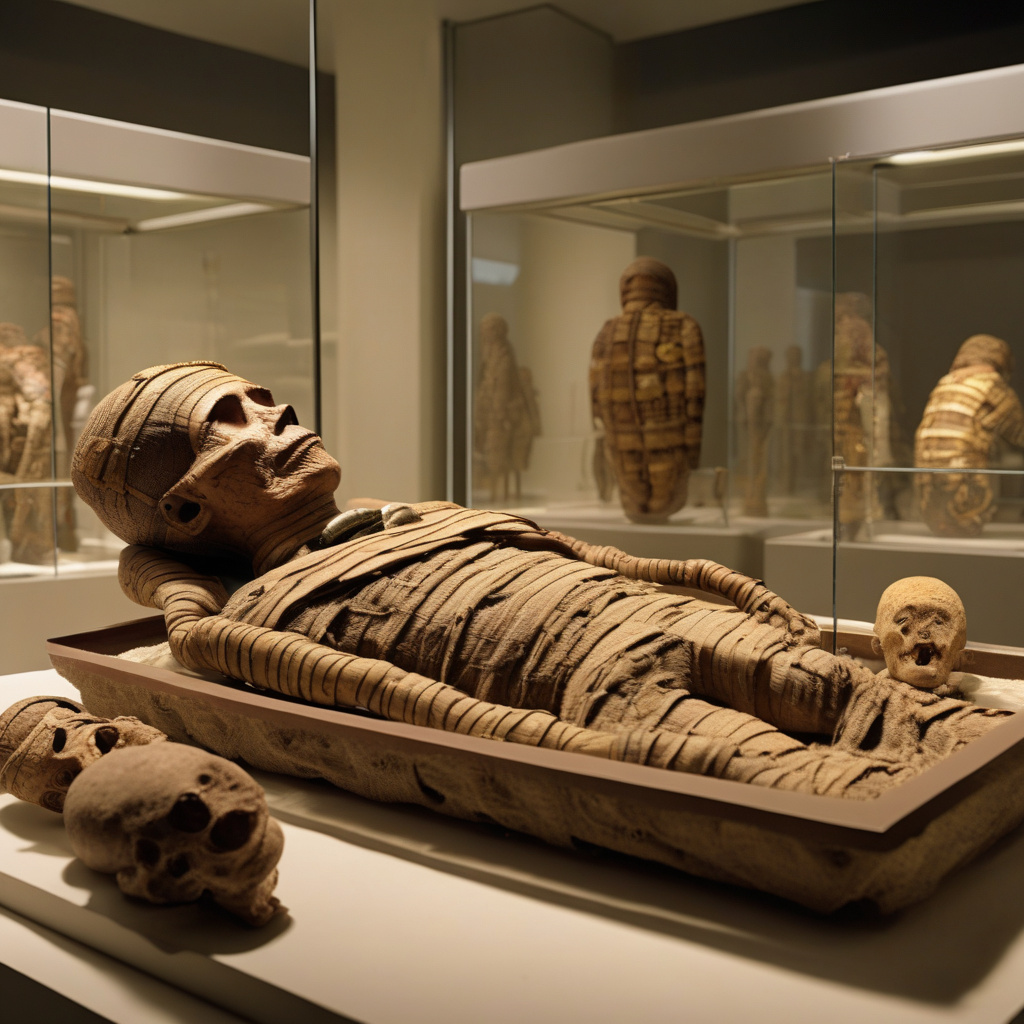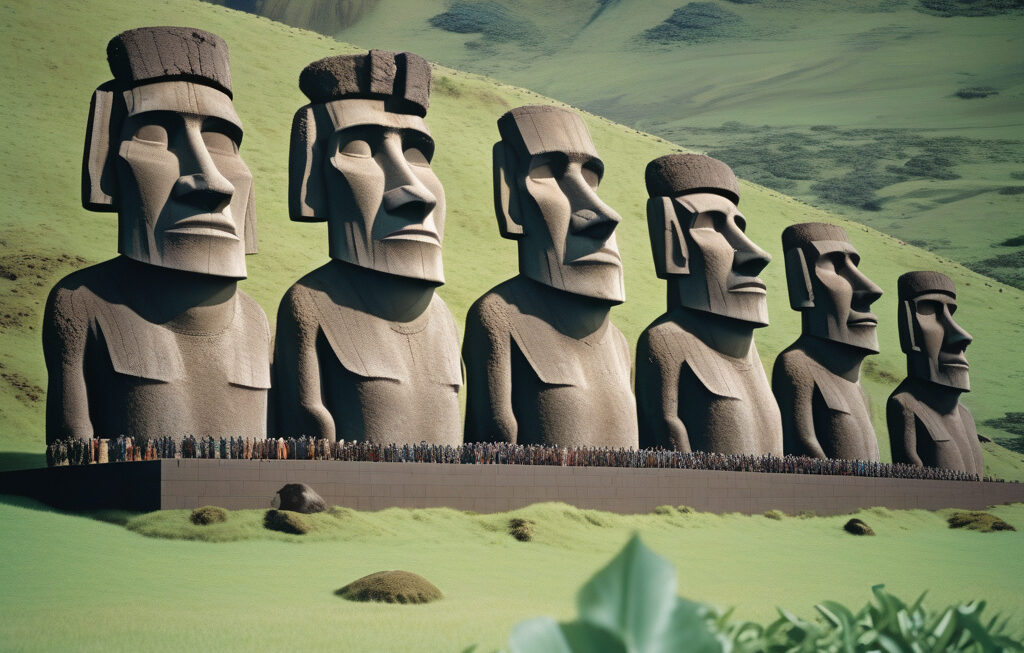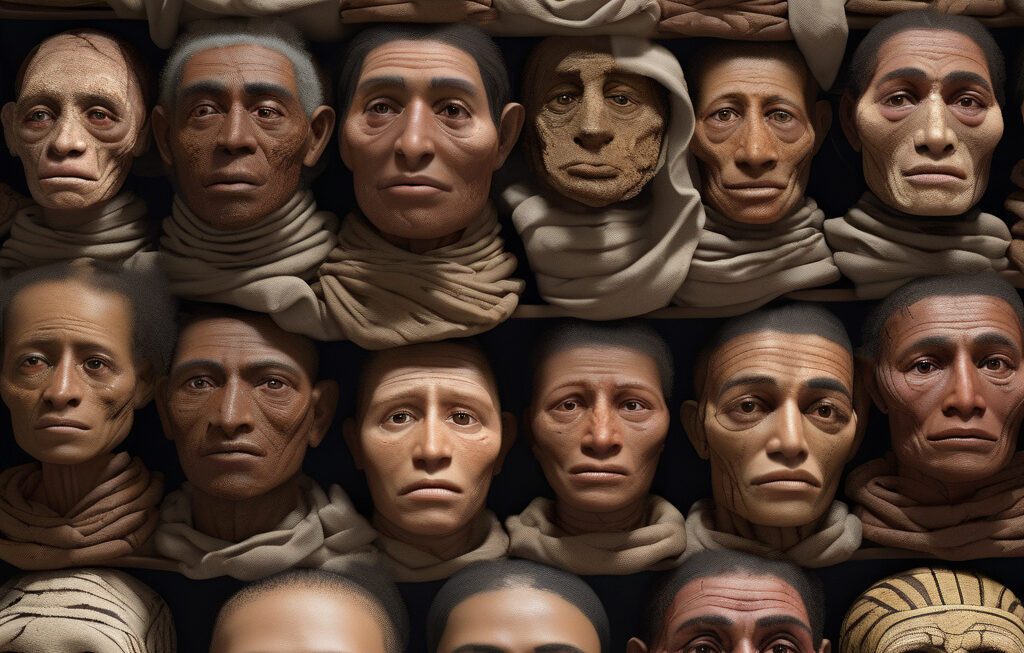1,000-Year-Old Mexican Mummy’s Gut Reveals Surprising Ancient Microbial World
Researchers have analyzed the exceptionally well-preserved remains of a young adult male who died about a thousand years ago in Mexico. The mummy, known as the Tlaloc II, was found in the early 20th century in the cliffs of the Sierra Madre Oriental. The latest study focused on the mummy’s gut microbiome, shedding light on the microbial world of ancient civilizations.
The findings were published in the journal Microbiome, revealing a diverse array of microbial species present in the mummy’s gut. This discovery challenges previous assumptions about the prevalence of certain bacteria in ancient populations. By sequencing the DNA of these microbes, researchers were able to identify specific strains and paint a clearer picture of the individual’s diet and overall health.
One of the most surprising revelations from the study was the presence of certain antibiotic-resistant genes in the mummy’s gut. This suggests that antibiotic resistance may not be a modern phenomenon and has existed for centuries. Understanding the evolution of antibiotic resistance is crucial in the fight against superbugs that pose a threat to public health today.
Moreover, the analysis of the gut microbiome provides valuable insights into the ancient individual’s lifestyle and dietary habits. By studying the microbial signatures left behind in the mummy’s intestines, researchers can infer the types of foods consumed and the individual’s overall health status. This information contributes to our understanding of ancient civilizations and their ways of life.
The study of ancient microbiomes is a burgeoning field in archaeology and anthropology, offering a unique perspective on the health and habits of past populations. By analyzing microbial DNA from archaeological samples, researchers can reconstruct ancient diets, track the spread of infectious diseases, and even uncover evidence of medical practices.
In addition to its scientific significance, the analysis of the Tlaloc II mummy’s gut microbiome underscores the importance of preserving cultural heritage. Ancient remains like the Tlaloc II mummy provide valuable insights into the past and help us connect with our shared human history. By studying these well-preserved specimens, we can learn more about the diversity of ancient societies and the challenges they faced.
As technology advances, researchers are able to extract more information from ancient remains like the Tlaloc II mummy. The field of ancient DNA and microbiome analysis continues to evolve, offering new opportunities to explore the lives of our ancestors. By harnessing the power of modern scientific techniques, we can unlock the secrets of the past and gain a deeper understanding of our collective heritage.
In conclusion, the analysis of the Tlaloc II mummy’s gut microbiome has revealed a surprising ancient microbial world that offers valuable insights into the past. This research not only expands our knowledge of ancient civilizations but also highlights the importance of preserving cultural heritage for future generations to study and appreciate.
mummy, Mexico, microbial world, ancient civilizations, antibiotic resistance












